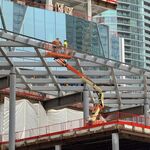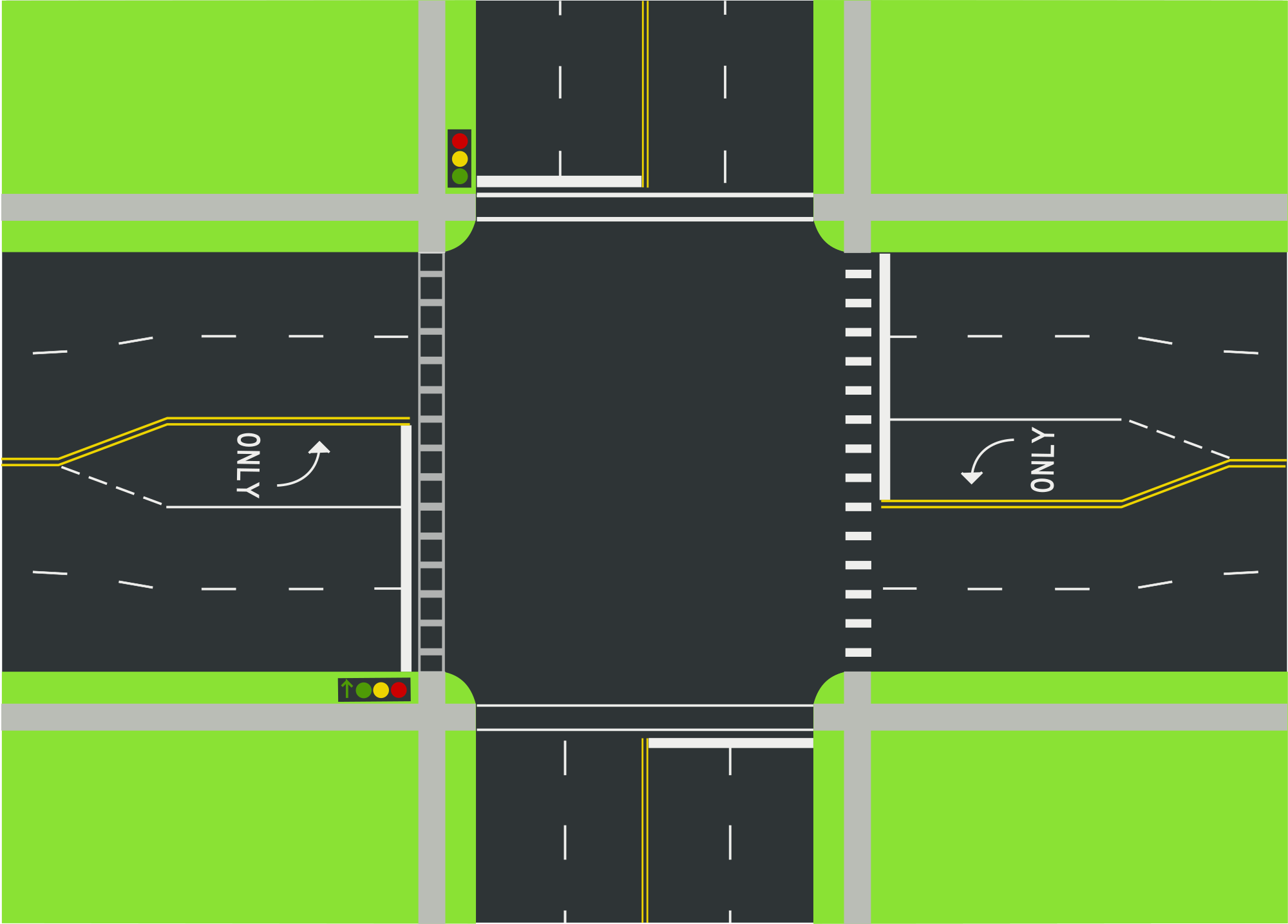ottbike
Active Member
Traffic improvements coming to West Queen West Triangle, including a new traffic signal at Queen/Beaconsfield:
http://www.anabailao.com/wqw_triangle_traffic_management_plan_update_february_2016
http://www.anabailao.com/wqw_triangle_traffic_management_plan_update_february_2016
- Abell Street (once open), to operate in a "1 way South" direction: approved and awaiting installation;
- Lisgar Street (Queen St. West to Sudbury Street), to operate in a "1 way North" direction: approved and awaiting installation;
- Removal of parking spaces adjacent to driveway entrances on Sudbury Street to improve sightlines for motorists entering/exiting underground parking lots: approved and installed in fall 2015;
- "All-way stop control" (sign) on Sudbury Street, at Lisgar Street: installed in December 2015 - white pavement markings to be painted this summer;
- "All-way stop control" (sign) on Sudbury Street, at Abell Street: approved and awaiting installation;
- Speed humps on Dovercourt Road (Queen to Sudbury) with 30 km/h speed limit: approved and awaiting installation;
- Speed humps on Subdury Street (Queen to Dovercourt) with 30 km/h speed limit: residents polled and resident petition received, awaiting approval at Community Council;
- "Pay-and-Display" parking on the west side of Abell Street: approved and awaiting installation;
- Loading zone on the west side Abell Street: approved and awaiting installation;
- Accessible parking space on the west side of Abell Street: approved and awaiting installation; and
- Installation of a "traffic control signal" (light) on Queen St. West, at Beaconsfield Ave: installation feasibility study forthcoming from City staff.







